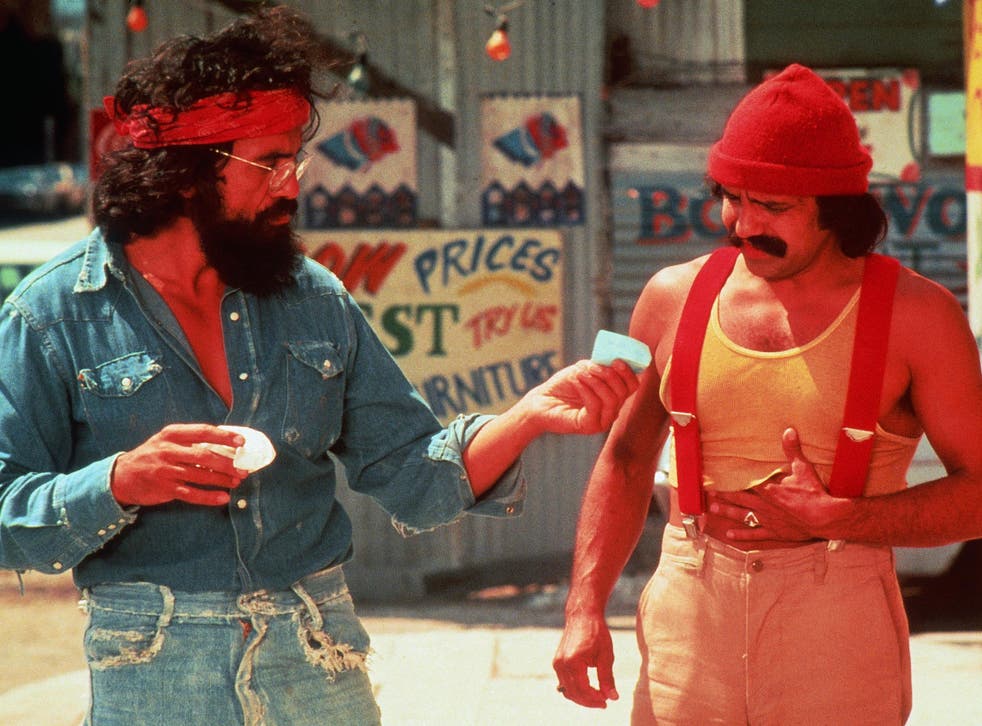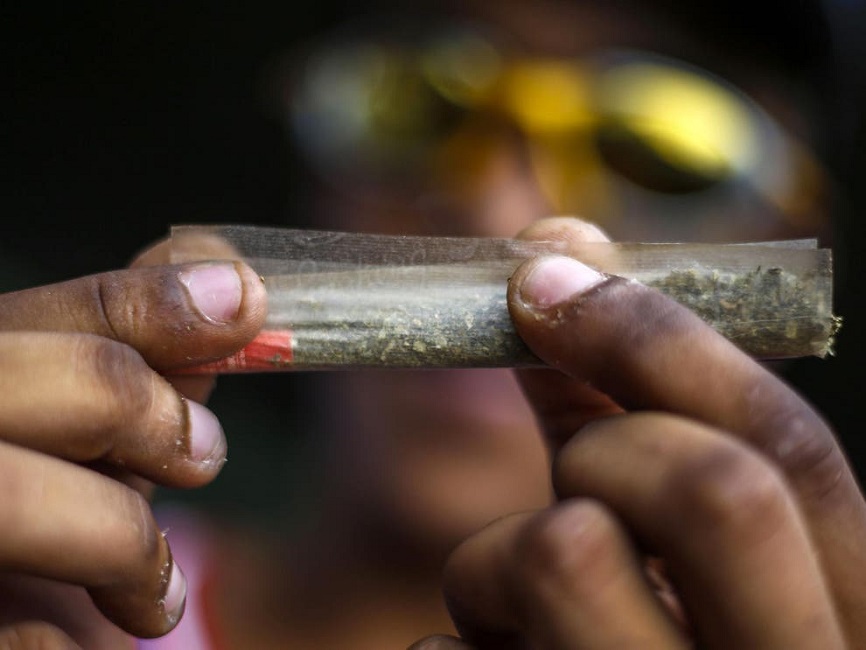The recreational drug that secured its place in popular culture long ago is entering a new era of respectability. But what do we call it now, wonders Laura M Holson
Kush. Bud. Herb. Who knows what to call marijuana these days?
Born of the need for secrecy, slang has long dominated pot culture. But as entrepreneurs seek to capitalise on new laws legalising recreational and medical marijuana, they too are grappling with what to call it.
Heading to the dispensary to buy a few nugs or dabs? Marketers seeking to exploit the £8bn market would prefer that you just called it cannabis.
Shirley Halperin, an author of 2007’s Pot Culture: The A-Z Guide to Stoner Language and Life, has seen the shift in recent years. Not long ago, she met with an executive to talk about his company’s products. “He physically winced when I said the word ‘pot’, ” she recalled. “Businesses don’t want to call it ‘weed’.”
Cannabis, she said, “sounds like it has purpose in the world”.
Like anything, the history of pot, weed or whatever you want to call it is complicated. During the Jazz Age, when singers wrote odes to the plant, it was called dope, reefer and tea. It was a drug of choice for the hippie counterculture 30 years later, often referred to as grass. Willie Nelson sang a song about pot.
“I still call it weed,” said Tommy Chong, half of the Cheech & Chong comedy duo that defined stoner culture in the 1970s and 1980s. “Yeah, I think it’s the easiest. You can tell what age people are by the words they use.”

Words that sounded cool in the Sixties and Seventies (remember wacky tobacky?) are woefully old-fashioned now. That’s especially true given that recreational marijuana is legal in 11 states and the District of Columbia. Medical marijuana has even broader appeal.
A good place to begin to understand the shifting language is with Peter Sokolowski, the editor at large at Merriam-Webster.
What Came First: Marijuana or Mary Jane?
“Marijuana” possesses a controversial and sordid history in American culture. Prior to the early 1900s, Americans knew the intoxicating form of weed as “cannabis,” and the industrial form as “hemp.” “Marijuana” doesn’t really appear in the US lexicon until after 1910.
“Marijuana” likely existed as harmless slang among Mexican immigrants who came to the US while escaping the economic devastation of the Mexican Revolution, a civil war that raged from around 1910 to 1920. (Ironically, the US economy would tank in 1929.) During the racist, anti-immigrant movements at the turn of the 20th century (as if those ever went away), anti-pot crusaders latched onto the word “marijuana” to divorce the cannabis that white Americans knew from the “demon weed” that supposedly turned Mexicans and black Americans into raving, violent lunatics (spoiler alert: Weed doesn’t actually do that to people, but racist ideologies can).
Weed historians have drawn linguistic links between “Mary Jane” and “marijuana,” though we’re not really sure which one came first. Heck, we’re not even sure where “marijuana” comes from. In Spanish, mari and juana translate to “Mary Jane,” which some historians claim refers to the Virgin Mary, but it could also just be a random, generic name assigned to weed, like a low-key code word. Y’know, kind of like how “John Hancock” refers to a written signature in the US, or how “Mary Sue” or “Gary Sue” refers to a wack, poorly developed character in some fictional work. Either way, “Mary Jane” meaning “marijuana” or vice versa makes sense coming from Mexico, a predominantly Catholic nation that primarily speaks Spanish.
But, we do know that weed isn’t native to the so-called New World, so it’s unlikely that “marijuana” came from the Americas’ indigenous cultures. Cannabis may have been introduced to the Americas by Spanish merchants or conquistadores, hence the prevailing theory that the word is Spanish in origin.
But What If Weed Actually Came From China?

While the Spanish-Mexican origin for “marijuana” remains the common narrative, there’s some evidence that the word could have actually come from the other side of the planet: China. In China, hemp is called ma ren hua, which means “hemp seed flower,” NPR’s CodeSwitch reported. The Chinese-origin theory posits that when Chinese traders brought hemp to the Americas, ma ren hua became marijuana in Latin America, and the rest is history. Supposedly. We’re not entirely sure, remember?
A Name Known Around the World
So, whether “Mary Jane” or “marijuana” came first is basically the cannabis community’s “chicken and egg” argument. Regardless of where either word came from, “marijuana” is a universal term for weed in most countries. And “Mary Jane” is, too. For instance, some Spanish smokers refer to the herb simply as “Maria,” while the French sometimes call it “Marie Jeanne.”

Marijuana – and Mary Jane are very similar In pronunciation if you have never heard it said and just read the name using the English Jay sound.
And so the obvious pronunciation of marijuana is “Mary Jana” if you are not aware that it’s “not English”. That got shortened to Mary Jane by dropping the last syllable.
In Mexico, you can also say “tamal” which basically means weed wrapped in the bag like a tamale.